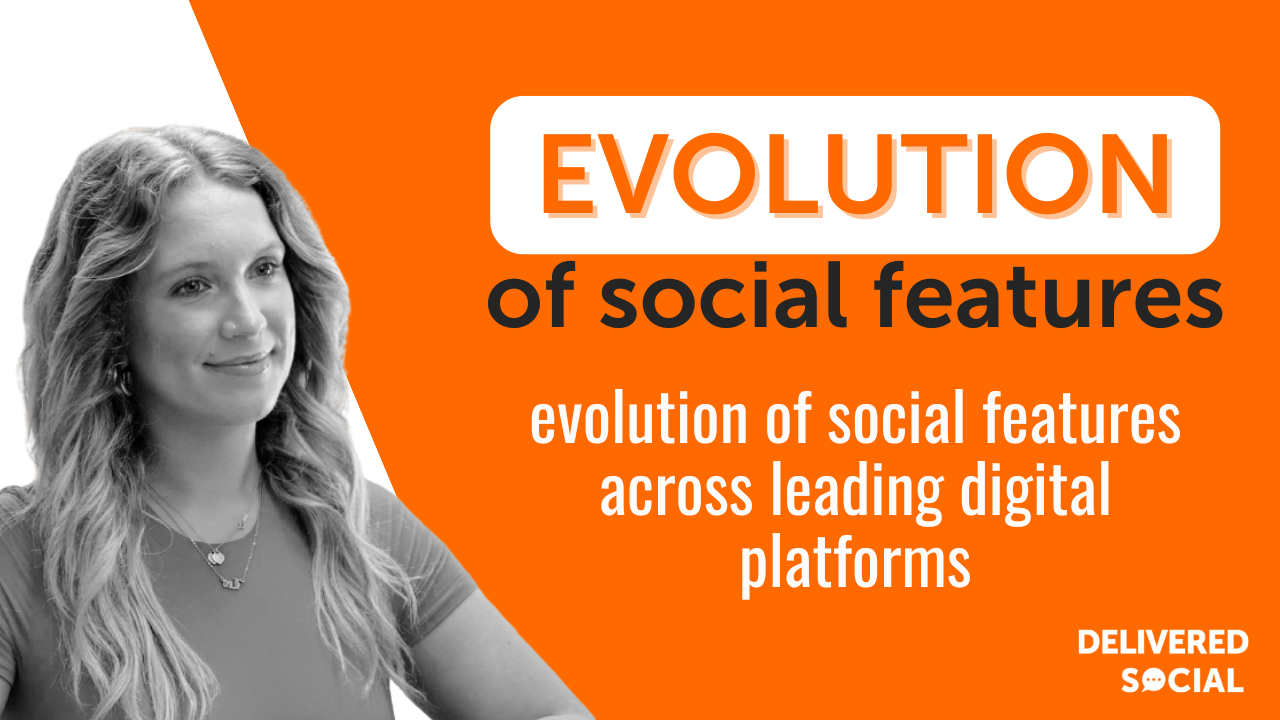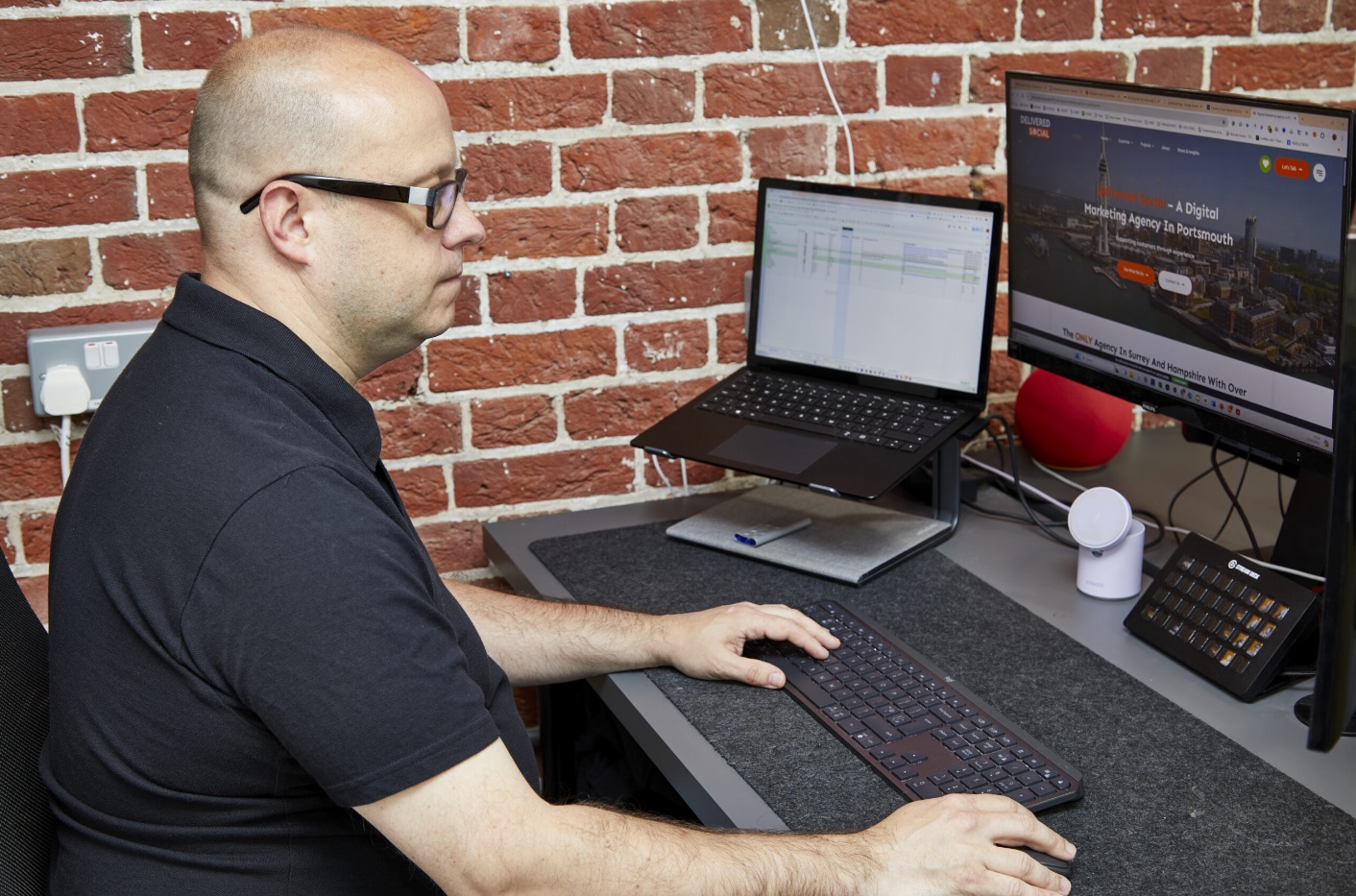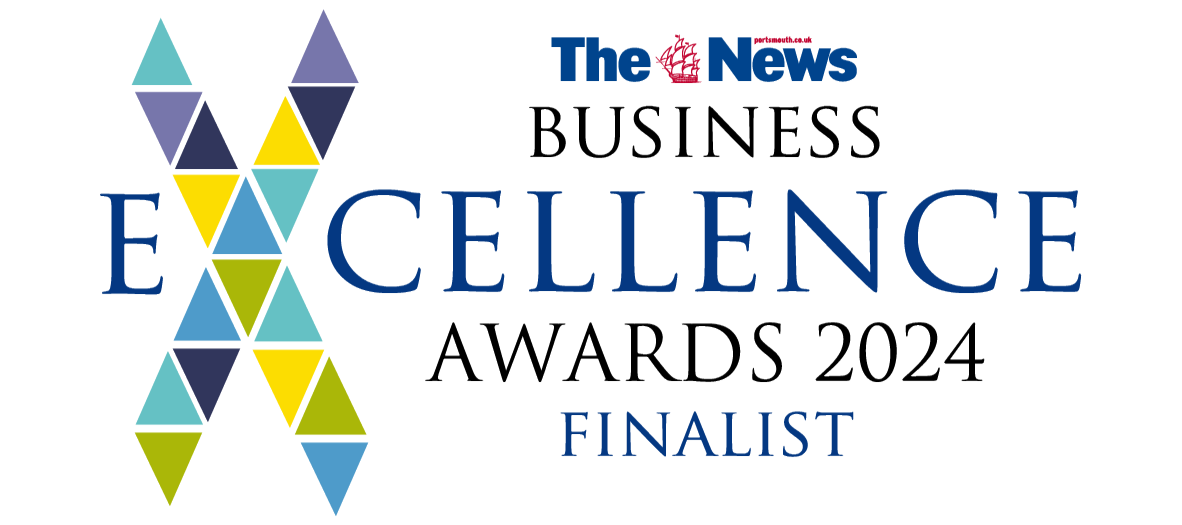
Social features have changed how people connect, share, and interact online. From simple comment sections to real-time video chats and algorithm-driven feeds, platforms have added tools to keep users engaged and coming back. This evolution of social features shows how user behavior shapes what platforms build next. Companies like Facebook, Instagram, TikTok, and LinkedIn have each taken different approaches—some focusing on visibility, others on private messaging or short-form content. Understanding these shifts helps explain why certain platforms grow faster than others and how user habits influence feature updates. This article breaks down those changes across key platforms over time.
The Rise of Social Networking
Message boards and chat rooms were among the first online spaces where people could exchange ideas. These platforms focused on topics or interests, not individuals. Users remained mostly anonymous, using screen names instead of real identities.
As internet access expanded, digital tools started to change. Platforms introduced user profiles that displayed names, photos, and activity history. This shift moved the focus from topics to people. Instead of joining a conversation based on subject matter alone, users connected with others based on shared identity or mutual interest.
Friend requests became a key feature during this stage. Unlike open forums where anyone could reply, social networks allowed users to choose who could see their content or interact with them directly. This gave users more control over their connections and conversations.
Platforms like Friendster and MySpace were early examples of this model. They placed importance on personal pages where users shared updates and media. People began building networks that reflected real-world relationships—friends from school, coworkers, family members.
Facebook built further on these ideas by organising connections around verified identities and structured social graphs. It added features such as news feeds that showed updates from friends in one place rather than requiring manual visits to each profile page.
This transition marked a major step in the evolution of social features across platforms. The focus shifted toward individual engagement rather than group discussion alone. Features like likes, comments, private messaging, and tagging continued this trend by increasing interaction between known contacts.
Social networking changed how people spent time online by prioritising relationships over general discussion threads. What started as topic-driven spaces slowly turned into person-centred platforms designed for ongoing interaction among selected contacts across various formats—text posts, photos, videos, links—and eventually live streams and stories as well.
These changes set up future developments in how digital services handle sharing and communication today across multiple apps beyond traditional networks alone.

The Facebook Era
Facebook changed how people interacted online. It launched the News Feed in 2006, which showed updates from friends all in one place. This gave users a reason to check the platform more often. Instead of visiting individual profiles, people could scroll and see everything quickly.
The Like button came next. It allowed users to respond without typing anything. One tap could show approval or support. That small feature increased activity across the site. People used it on posts, photos, comments—even ads later on.
Tagging was another shift in behavior. Users could now mention friends directly in photos or posts. This kept more people involved and encouraged sharing moments together online. It also helped content spread faster as tagged users’ networks saw those updates too.
These tools created new habits for millions of users worldwide. They simplified how people shared thoughts and responded to others’ content. Each feature added convenience but also changed expectations for other platforms.
As these elements became standard, competitors took notes. Instagram adopted Likes and later added tagging features too. Twitter introduced its own version of feeds with real-time updates from followed accounts.
This period marked a clear phase in the evolution of social features across digital services. Facebook didn’t just offer communication—it shaped how that communication looked and felt online.
Its design choices influenced both user behavior and business strategy across platforms that followed it. What began as simple interactions—liking, tagging, scrolling—became core parts of everyday use across multiple apps today.
Facebook’s early decisions continue to shape current norms for digital interaction at scale through repetition, familiarity, and widespread adoption by other networks seeking similar engagement levels from their audiences worldwide.
Twitter and the Birth of Micro-Engagement
Twitter launched a new way for people to share updates. It limited posts to short messages, first 140 characters, then 280. This small format pushed users to be brief and clear. People started using it for quick thoughts, news links, or live reactions.
One major shift came with real-time posting. Tweets appeared instantly on timelines. Users could respond within seconds. This speed helped conversations grow fast during events like sports games or breaking news. Quick replies and retweets turned passive readers into active voices.
Another key feature was the hashtag. It grouped tweets under one label, making topics easy to follow. Hashtags gave users a tool to find others talking about the same thing, even if they didn’t follow each other. This changed how people joined online discussions.
Hashtag trends also shaped what content got attention. When many used the same tag, Twitter listed it as “trending.” That list guided users toward popular subjects without needing outside sources.
Micro-engagement became normal on Twitter through likes, replies, retweets, and mentions. These actions took little effort but kept users involved all day long. Instead of writing long posts or blog entries, someone could reply with just a few words or symbols.
The platform also built features around these habits—like quote tweets and threads—to let people expand short ideas without leaving the format behind.
This shift marked a turning point in the evolution of social features across platforms that followed Twitter’s model of faster interaction with lower effort per post.
Other apps later adopted similar tools: short posts, trending tags, quick responses—all designed for steady activity rather than deep content creation.
As user behavior focused more on speed and visibility than length or detail, micro-engagement became expected across services beyond Twitter alone.
These changes signaled a move toward constant connection through smaller actions repeated often instead of fewer large updates spread apart over time.
Instagram & Visual Storytelling Take Center Stage
Instagram launched as a photo-sharing app. It gave users a way to post images with short captions. Over time, the platform added new tools that changed how people connect and communicate. The introduction of Stories in 2016 allowed users to share temporary content. These 24-hour posts encouraged more frequent updates and casual sharing.
Reels followed as a direct response to short-form video trends. This feature pushed Instagram closer to real-time entertainment and expression. Users began creating faster, shorter videos with music or voiceovers. As a result, interaction moved from text-based comments to reactions on visual clips.
The platform’s shift toward video did more than add new formats. It also shaped what users expect when they open the app. Instead of scrolling through still photos, many now watch back-to-back Reels or tap through Stories quickly. This change has altered how creators plan their posts and how brands reach followers.
The evolution of social features on Instagram shows a steady move away from static content toward motion-based storytelling. Filters, stickers, polls, and music tracks give people more ways to express thoughts without using words. These tools help increase activity while reducing reliance on long captions.
Instagram’s focus on visuals also influenced other major platforms like Facebook and YouTube, which later added similar features such as Stories or Shorts. Even LinkedIn introduced stories before retiring them due to low use.
By shifting attention toward fast-paced visual content, Instagram redefined how people interact online daily—making image-based updates part of regular communication rather than occasional highlights alone.
The evolution of social features in Gaming Platforms
Gaming networks started as basic systems for multiplayer access. Early versions of Xbox Live and PlayStation Network offered only matchmaking and voice chat. Over time, these platforms added more ways for players to connect.
Xbox Live introduced a structured friend list where users could invite others, compare achievements, and join sessions easily. This created a shared experience outside the game itself. PlayStation Network followed with similar tools, letting users form parties, send messages, and view each other’s activity.
Steam brought new forms of interaction into PC gaming. Its overlay feature allowed players to chat during play without leaving the game screen. Steam also launched community hubs where users could post guides, reviews, or screenshots. These additions turned individual gaming into group engagement.
Live streaming became another major step in the evolution of social features across platforms. Twitch integration on consoles made it easy to broadcast gameplay directly from devices without extra software or hardware. Viewers could watch friends or popular streamers while joining live chats during broadcasts.
Cross-platform communication grew next. Now users can talk or message across different systems like Xbox and PC using services like Discord integration or built-in crossplay chat options. This removed earlier limits that kept player communities separated by brand.
Friend systems evolved too—from simple lists to groups and clubs organised around specific games or interests. Users now share clips, schedule matches, or discuss updates inside these spaces without needing third-party apps.
These changes shifted gaming from isolated play toward shared digital interaction built into every part of the experience—before games start, during matches, and even after gameplay ends through replays or discussions.
![]()
TikTok’s Algorithmic Community Building
TikTok changed how people connect by using its For You Page to show content based on personal viewing habits. This feed updates in real time and adjusts with each scroll, tap, or pause. The system learns from watch time, likes, shares, and comments. It uses this data to suggest videos that match individual interests.
Unlike older platforms that use follows or friend lists to build a network, TikTok forms connections through shared behavior. People who never follow each other can still see similar clips and interact with them. This helps users find others with the same interests without needing direct contact.
Features like duets and stitches push more interaction between users. A duet lets someone respond directly to a video side-by-side. A stitch allows one person to add their part after cutting into another user’s video clip. Both tools create chains of responses that bring more attention to the original post while inviting new voices into the conversation.
Comment sections also play a strong role in forming groups around topics or jokes. When replies spark interest or humor, they often turn into trends themselves. Sometimes these comment-based trends lead creators to make full videos just from one reply thread.
This structure has shifted how people group themselves online—from fixed circles of friends or followers toward loose networks built around popular sounds, hashtags, formats, or reactions. The evolution of social features here focuses less on who you know and more on what you engage with.
By allowing content itself—not profiles—to drive discovery and connection, TikTok supports fast-growing communities tied together by shared activity instead of long-term relationships or private circles.
Cross-Platform Integration
Social platforms now allow users to connect across services. This shift started with login options. People can log into new apps using accounts from other tools like Google or Facebook. It saves time and avoids creating new passwords.
Messaging is also changing. Some apps let users send messages to contacts on different platforms without switching tools. For example, someone using Instagram can chat with a friend who uses Facebook Messenger. This reduces the need for multiple messaging apps and keeps conversations in one place.
Content sharing has followed the same path. A post created on TikTok might be shared directly to Snapchat or Twitter without manual uploads. Users can share stories, videos, and links across several services at once. This helps creators reach more viewers with less effort.
These changes reflect a major part of the evolution of social features over time. Years ago, most networks worked separately from others. Now they often connect behind the scenes through APIs or shared data systems.
This trend also supports faster growth for newer platforms. By allowing access through existing accounts, smaller tools attract more people quickly. Users don’t need to start from scratch — their friends and profiles come with them.
As these systems grow stronger, user habits change too. People expect content to move freely between apps they use every day — not stay stuck in one place.
This kind of connection brings both ease and risk. While it offers convenience, it also raises questions about privacy and control of personal data when moving across services.
Still, this growing link between networks shapes how people interact online today — and how they will do so tomorrow as platforms build more ways to talk, share, and engage without switching screens or logging in again elsewhere.
Shaping the Future of Digital Connection
As digital platforms continue to redefine how we interact, the evolution of social features reflects a clear shift toward deeper personalisation, real-time engagement, and cross-platform synergy. From Facebook’s early dominance to TikTok’s algorithm-driven communities, each phase has introduced new ways for users to connect and express themselves. Visual storytelling on Instagram, micro-engagement on Twitter, and social integration within gaming environments all highlight the growing demand for immersive and interactive experiences. Understanding the evolution of social features is essential for brands and developers aiming to stay competitive in an increasingly connected digital landscape.
Interested In Working Together?
Introducing Delivered Social. We’re The Most-Rated Digital Agency In Surrey & Hampshire – We’ve Got To Be Doing Something Right.
Delivered Social is a digital marketing agency with one mission—to help businesses grow. We’re famous in Guildford and Portsmouth for our social clinics. We believe in free advice. We build lasting relationships because our team prides itself on being helpful, which our clients appreciate.
If you are looking for a new website or an agency to manage your social media presence, we can help.
If you need something slightly different, here's a super handy list of all our services, or you can always email us.























